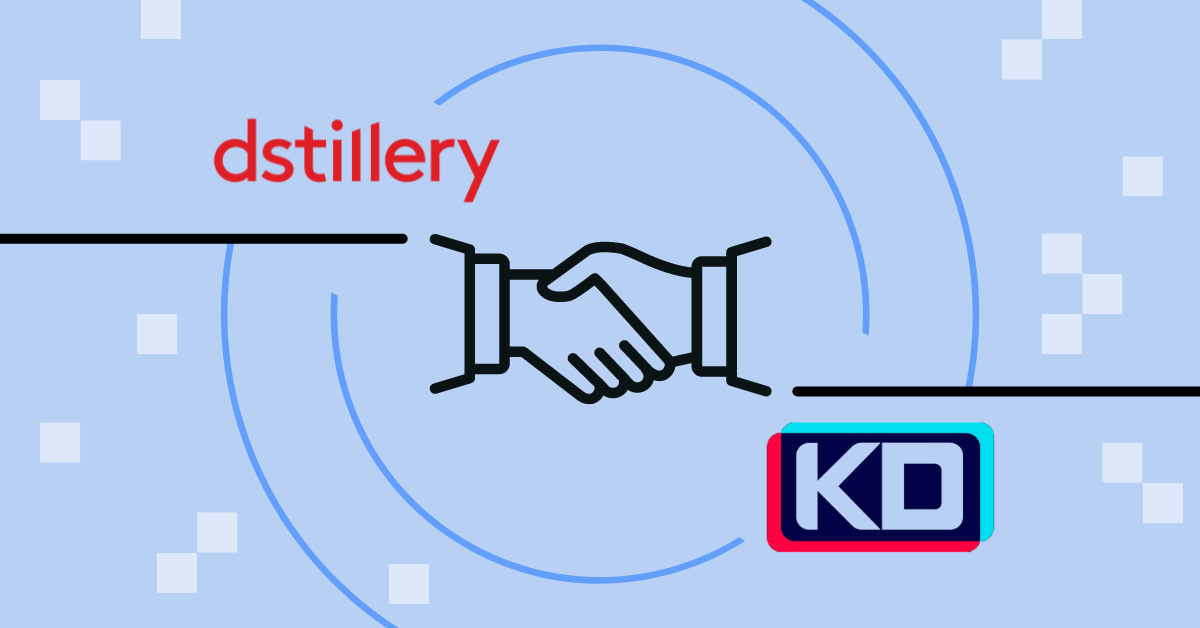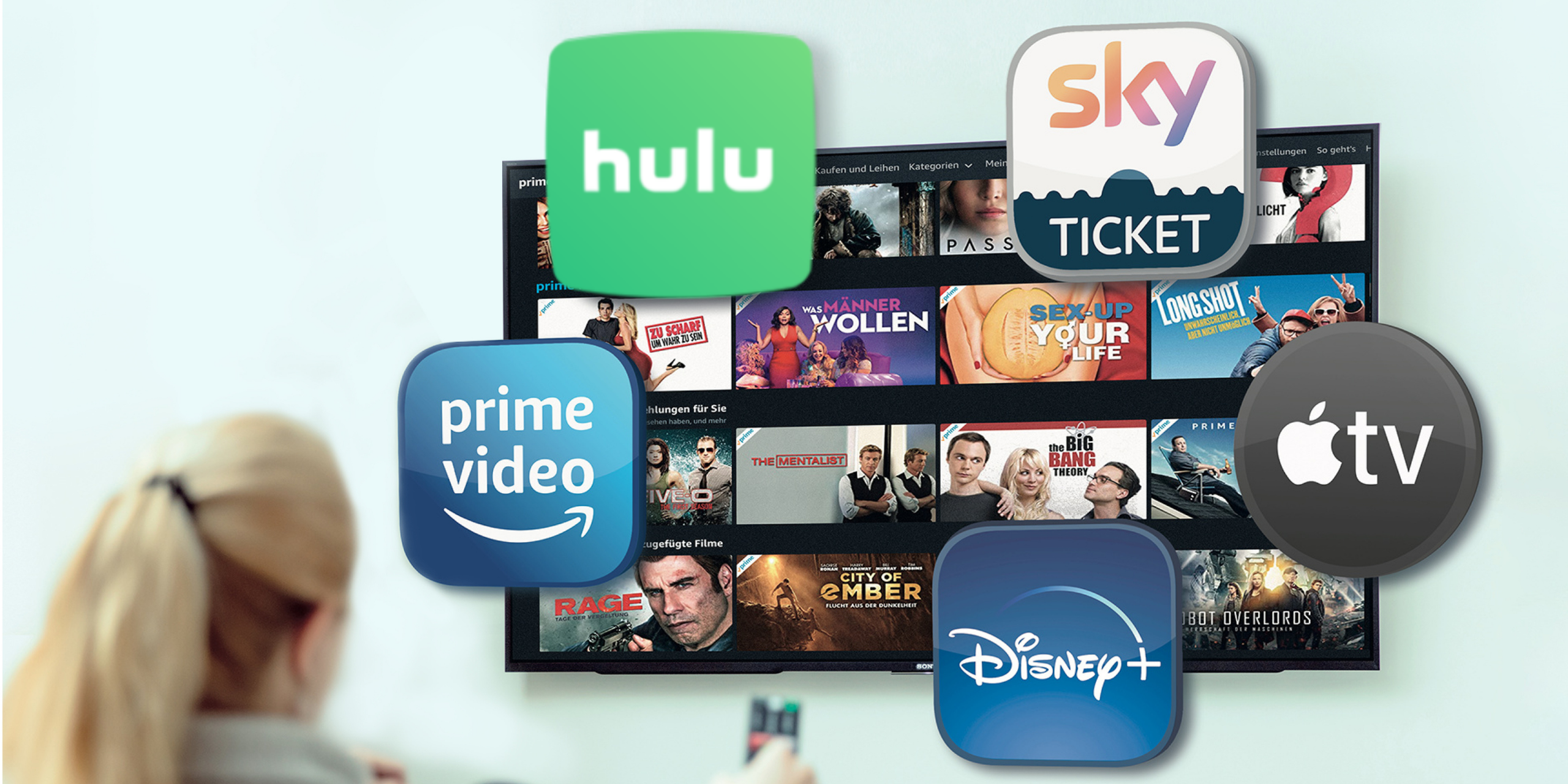What is CTV Advertising?
Connected TV advertising statistics have the marketing world in excitement. CTV advertising rates are at an all-time high with no signs of slowing down. In 2020, CTV investments surged up to 41%, with an estimated $9 billion spent. The CTV advertising market includes households with any device used to view online content. Homes have three major types of CTVs. Smart TVs that connect directly to the internet. The most popular CTV manufacturers include Samsung, Sony, and LG. CTV advertising will also incorporate ads displayed through streaming devices such as the Amazon Firestick, Roku, and Apple TV. Gaming consoles can also be categorized as CTV options since they now connect online and can download streaming applications. Examples of CTV gaming consoles include the Nintendo Switch, Microsoft Xbox, and Sony Playstation. To watch programming and see CTV ads, consumers download streaming applications such as Netflix, Hulu, Disney Plus, Discovery Plus, and Peacock.
The CTV advertising market is considerable. Recent surveys reported that 78% of households use at least one streaming service to watch media. Moreover, 55% of households use two or more streaming services. The Connected TV advertising market size will grow through 2021 with a surge in available impressions. Available impressions were higher than ever due to pandemic viewing increases. Another reason that CTV ads are gaining traction is that the platform often plays to multiple viewers within the household. Two or more household members can be exposed to a single impression while streaming through the connected television. Advertisers are now focusing on improved targeting efforts due to co-viewing habits. CTV applications don’t use cookies, so marketers need to rely on other data, such as cross-devices, to gain conversions.
CTV advertising rates are essential for marketers because they permit the chance to gain engagement on the big screen. Connected TV advertising statistics are a separate entity from OTT or over-the-top. OTT advertising rates are interchangeable with Connected TV advertising rates, but they also encompass ads from streaming services shown on tablets, computers, laptops, and smartphones.
The benefit of entering the CTV advertising market is the high engagement rate. Average completion rates of ads through CTV are estimated at a staggering 98%, much higher than other platforms. Connected TV advertising can be served at any point of viewing and isn’t just limited to streaming content. Both live television and on-demand programming provide ad placement opportunities.
The CTV Channel
What is Connected TV isn’t a difficult question to answer as long as the marketer doesn’t get confused with linear and OTT options. CTV examples can be found with a simple web browser search, but a Connected TV device is a device connected to the internet that either has online access or feature an embedded streaming device.
What is CTV? Connected TV provides an invaluable service to the consumer. The products allow for what’s known as “cutting the cord.” Instead of paying a cable or satellite TV provider, users can rely on their connected televisions to play both live and on-demand shows, sports, and movies. Although cutting the cord was aimed to save consumers money, brands saw decreases in traditional ad viewing. To recapture many of the impressions lost through conventional ads, marketers found that CTV advertising was required. Notably, CTV advertising also provides more budget-friendly options. Traditional television ads are notoriously expensive. Marketers with smaller budgets can purchase CTV ad space and appear on household television screens.
Connected TV Advertising
Another common question is, “What is CTV advertising?” Typically, marketers consider any ads placed on TVs that connect to the internet a part of CTV advertising. CTV ads can be much more focused than linear ads. For instance, CTV ads may make location references. Consumers within a specific region or city could get a personalized greeting as part of a CTV ad campaign. The ads could also help steer viewers to the nearest store location in their area.
Advertisers will work with publishers to have their Connected TV advertising campaigns displayed. As part of the placement, marketers will create a target audience. For instance, advertisers often aim to relate their products to shows watched by consumers. If shows watched are too narrow, they can broaden the scope by using categories to decide on ad placements. A target audience would then be matched with potential OTT subscribers that appear on the CTV platforms. Publishers provide reporting capabilities to marketers once ads start appearing on Connected TV. The data insights determine the effectiveness of the impressions. The marketer can fine-tune targets based on insights. For instance, some marketers may see a higher conversion rate on ads displayed through gaming consoles and budget more for this platform.
CTV Advertising Platforms
Connected TV advertising platforms are also known as OTT advertising platforms. These platforms for ads to be served include Hulu, Amazon Prime, Peacock, ESPN, and Discovery Plus. Streaming services will either charge the user a monthly fee for use or rely on advertising revenue to operate. Some streaming providers offer different subscription options with free accounts having ads appear during programming and paid accounts being ad-free.
CTV programmatic advertising offers high value to marketers and publishers. Programmatic advertising automates the process of bidding and placing impressions. CTV programmatic advertising normally features the highest bidder getting the impression space. Marketers may also make direct arrangements with Connected TV advertising companies. In this scenario, a set price for select ad space is arranged.
Two types of ad insertions are used by Connected TV advertising companies. One type of Connected TV advertising example is CSAI. CSAI stands for client-side ad insertion and will involve the direct loading of ads. Ads get loaded through the OTT box. Due to the potential for hacking issues, extra precautions are taken with CSAI. Another option is SSAI, also called smooth stream ad insertion. SSAI uses a different type of technology than CSAI. Stream splicing makes the ad content get integrated smoothly and can usually bypass ad-blocking software programs.
CTV Advertising Benefits
Staying on top of Connected TV advertising trends aids the marketer with future success. One trend in CTV programmatic advertising is detailed targeting based on more than just viewing habits. One example is called cross-device targeting. Cross-device technologies analyze the devices being used by a user before ad placement. For instance, if the consumer is using an Xbox to stream, it wouldn’t make sense to advertise Playstation titles.
“What is CTV experience?” may not be a question known by most. The question refers to the experience that advertisers should consider of those who are viewing programming through a Connected TV. The benefits of Connected TV have been plentiful. Viewers have an infinite number of programming options within their homes. They have an extensive library of on-demand shows and movies to choose from as well as live TV channels and sports. These are just a few examples of Connected TV options currently and readily available at any moment.
One of the benefits of CTV advertising is that the extensive library provided through streamers offers more reach than ever. With the increase of CTV owners, marketers can expand their audience. Moreover, they can provide relevant content through CTV ads. Linear television gives the marketer less control over who their ads target. When comparing CTV vs linear TV, advertisers also note that the expense is much less. Traditional ads require inflated budgets and limitations on premium ad space. Connected TV advertising examples demonstrate that success can be possible without a large budget. For instance, a high ROI can be reached because CTV advertising examples have more targeting options to review. Consumers can be reached based on viewing behaviors, basic demographics, geography, and time of day.
CTV Advertising is the Now
If CTV advertising isn’t a current priority in an advertiser’s marketing strategy, then it should be. Each month, more and more media giants are launching new streaming services. Tap into the market by getting in touch with CTV advertising companies for assistance. Programmatic experts can guide advertisers on how to develop a CTV campaign with the potential for high ROI. Since data is readily available, insights are seen quickly with ad changes made in a matter of days instead of weeks or months. Contact Keynes if you’re interested in learning more about Connected TV and how it can benefit your business.
Industry Expert Insights
We are your high-touch, performance-focused streaming TV and programmatic advertising partner. Our team of experts and a one-of-a-kind data-driven platform connects you to the best streaming TV marketing strategies.









































